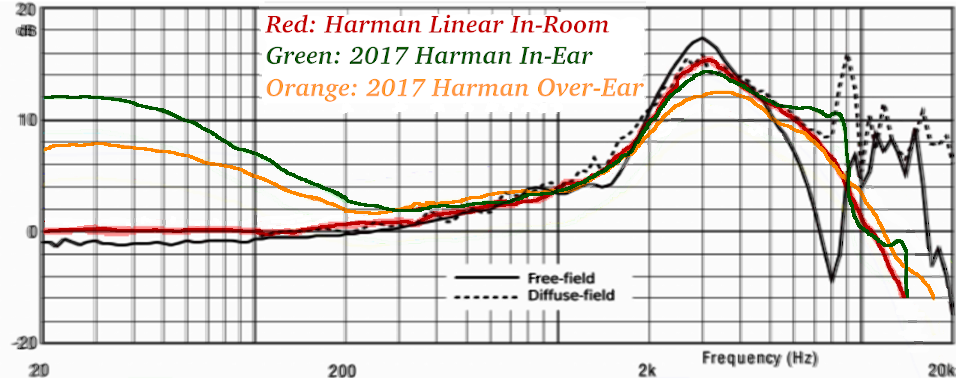Its pretty pointless anyway. The point we were going on then to dicuss is whether the changes in cans during the demos was audible - more than did the demos accurately reflect the sound of the cans . Once chap swears he cant tell a difference when Oluv changes the headphones during the demos. Everyone else says they can. Is this proof? Not really, but its too hot to argue.
During listening and comparing the original file with the cans, there is quite a resemblance of the original and for some headphones. Those ones also tend to measure quite neutral, like HD-600 and BD DT-250. The same goes if you have measured excessive highs; it is not difficult to hear this.

